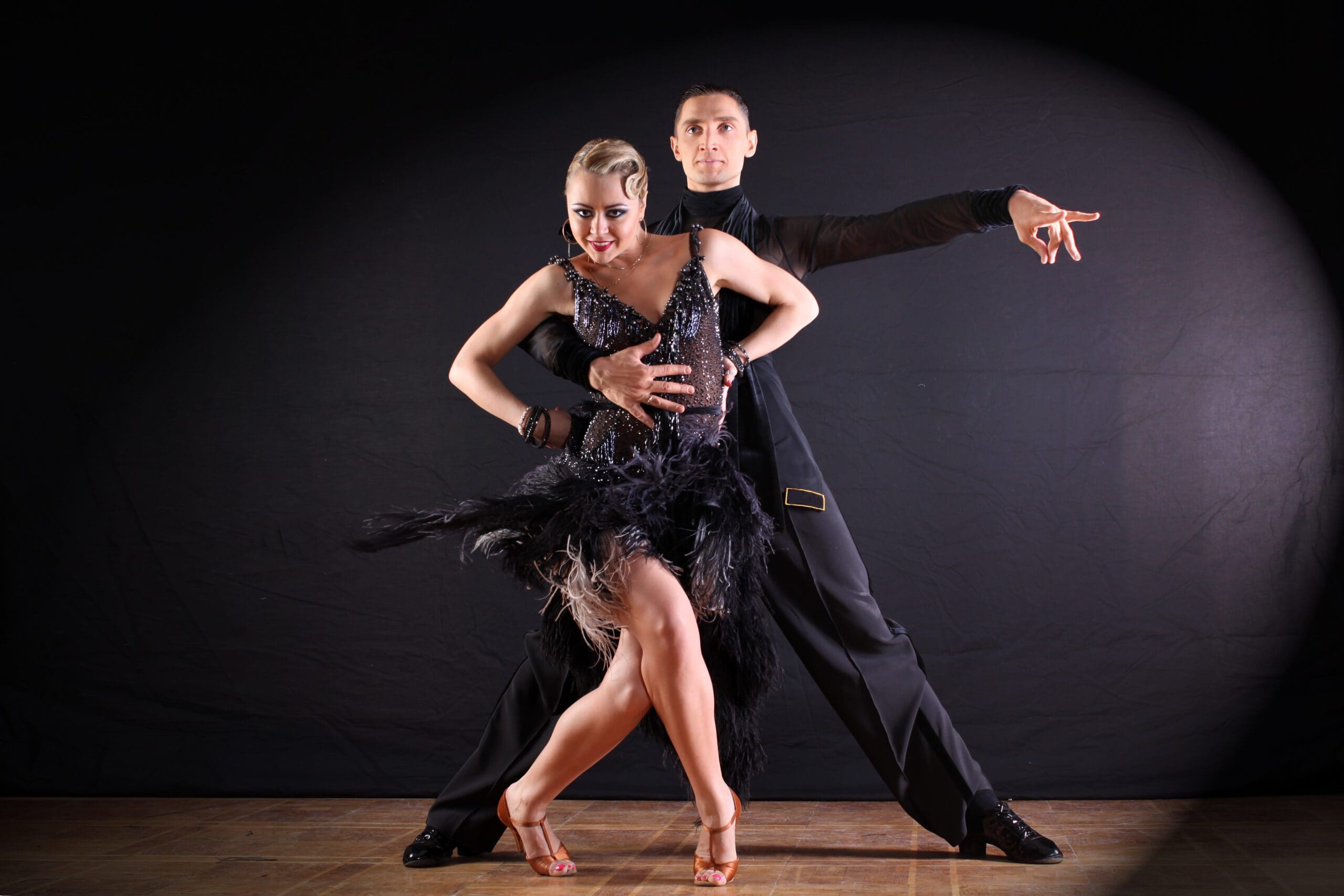
Mambo is a vibrant and rhythmic dance style that originated in Cuba in the 1940s. It has since evolved into a popular social dance form enjoyed worldwide. With its infectious beats and lively movements, Mambo has captured the hearts of dancers and audiences alike. In this article, we'll delve into the captivating world of Mambo, uncovering its rich history, essential characteristics, and its enduring influence on the performing arts scene. Whether you're a seasoned dancer or someone intrigued by the allure of Mambo, these nine fascinating facts will deepen your appreciation for this dynamic dance form. So, let's embark on a rhythmic journey and explore the pulsating rhythms and spirited movements that define the captivating world of Mambo.
Key Takeaways:
- Mambo is a lively Cuban dance style with African and European influences, gaining popularity in the 1940s and 1950s, and leaving a lasting impact on other dance forms like Salsa and Cha-Cha.
- Mambo’s infectious rhythms and vibrant movements continue to inspire dancers and musicians worldwide, reflecting its rich cultural heritage and ensuring its timeless relevance in the world of performing arts.
Mambo is a Cuban dance style with African and European influences.
Originating in Cuba, Mambo is a vibrant and energetic dance style that fuses African and European rhythms. Its lively movements and infectious beats have captivated audiences around the world, making it a popular choice for social gatherings and dance performances.
Mambo gained international popularity in the 1940s and 1950s.
During the mid-20th century, Mambo experienced a surge in popularity, particularly in the United States. Its catchy tunes and lively steps became a sensation, leading to widespread recognition and adoption in the global dance scene.
The Mambo music genre is characterized by its syncopated rhythms and horn-driven sound.
Mambo music is renowned for its distinctive syncopated rhythms and prominent horn sections, creating an irresistible groove that compels people to hit the dance floor. The genre's infectious energy and lively melodies have contributed to its enduring appeal.
Mambo is often associated with the iconic Mambo Kings.
The Mambo Kings, a legendary Cuban band, played a pivotal role in popularizing the Mambo genre, showcasing its exhilarating rhythms and captivating melodies to audiences worldwide. Their influential contributions solidified Mambo's status as a beloved dance and music style.
Mambo's influence can be seen in various dance forms, including Salsa and Cha-Cha.
The spirited essence of Mambo has left an indelible mark on other dance styles, such as Salsa and Cha-Cha. Its dynamic movements and rhythmic patterns have inspired and influenced these vibrant dance forms, enriching the global dance repertoire.
Mambo's infectious rhythms continue to inspire dancers and musicians worldwide.
The irresistible allure of Mambo's rhythmic patterns and lively melodies continues to inspire dancers and musicians across the globe. Its enduring influence is evident in the vibrant performances and compositions that pay homage to its captivating spirit.
Mambo's fusion of cultural elements reflects its rich and diverse heritage.
Mambo's unique blend of African and European influences reflects the rich tapestry of cultural heritage from which it emerged. This fusion of diverse elements contributes to Mambo's dynamic and captivating appeal, making it a cherished cultural treasure.
Mambo's exuberant spirit makes it a popular choice for social gatherings and dance events.
The exuberant and celebratory nature of Mambo has made it a perennial favorite at social gatherings and dance events. Its infectious rhythms and lively movements create an electrifying atmosphere, inviting people to immerse themselves in the joyous world of Mambo.
Mambo's enduring legacy continues to enchant audiences and dancers, ensuring its timeless relevance in the world of performing arts.
Mambo's enduring legacy transcends generations, captivating audiences and dancers with its timeless allure. Its vibrant rhythms and spirited movements ensure that Mambo remains a cherished and relevant art form, enriching the world of performing arts with its infectious energy and cultural significance.
Conclusion
In conclusion, Mambo is a vibrant and captivating dance style that has evolved over the years, blending African and European influences to create a unique and energetic form of expression. Its infectious rhythm and joyful movements have made it a popular choice for dancers and enthusiasts worldwide. Whether you're a seasoned dancer or a newcomer to the world of Mambo, embracing its rich history and cultural significance can deepen your appreciation for this dynamic art form. So, put on your dancing shoes and immerse yourself in the exhilarating world of Mambo!
FAQs
What are the origins of Mambo?Mambo originated in Cuba, drawing inspiration from African and European dance and music traditions. It gained popularity in the 1940s and 1950s, becoming a prominent part of Latin American music and dance culture.
Is Mambo suitable for beginners?Yes, Mambo is accessible to beginners, offering a lively and enjoyable introduction to Latin dance. With its infectious rhythm and expressive movements, it's a great way for newcomers to immerse themselves in the world of Latin dance.
Mambo's captivating rhythms have inspired countless offshoots and adaptations, from the lively beats of Mardi Gras celebrations to the catchy tunes of pop sensation Lou Bega. Legendary musicians like Tito Puente have also left an indelible mark on the genre, cementing Mambo's place in the annals of music history. Explore more fascinating facts about these iconic figures and events that have shaped the vibrant world of Mambo and its enduring legacy.
Was this page helpful?
Our commitment to delivering trustworthy and engaging content is at the heart of what we do. Each fact on our site is contributed by real users like you, bringing a wealth of diverse insights and information. To ensure the highest standards of accuracy and reliability, our dedicated editors meticulously review each submission. This process guarantees that the facts we share are not only fascinating but also credible. Trust in our commitment to quality and authenticity as you explore and learn with us.
